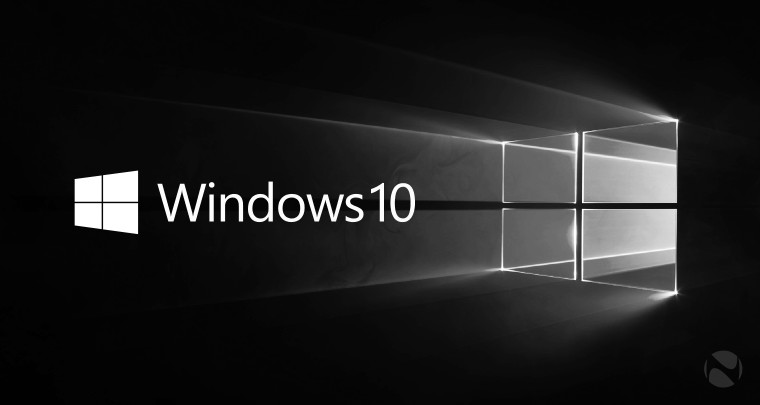
In previous version of Windows, whenever you installed or reinstalled your copy of Windows, you would be required to enter your product key. It looks like Microsoft has changed the activation process for Windows 10 and it will now only require it the first time. After the initial installation or upgrade, the activation status for the device will be stored online, removing the need to enter a product key for future installations.
For obvious reasons, Microsoft will not divulge such information, but Ed Bott at ZDNet has a fairly detailed write up about the process and how he thinks Microsoft is storing activation statuses online. To loosely summarize the details, when a user installs Windows 7 or 8, Microsoft creates a unique ID for that particular device based on the product key and the hardware. If you reinstall Windows on the same device, it will be activated automatically.
For Windows 10, Microsoft introduces a program that checks your activation and stores it online. If everything checks out, Microsoft will generate a Windows 10 license that corresponds with the aforementioned unique ID along with the version of Windows you are running. Once this certificate is generated and your copy validated, Microsoft will allow you to install Windows 10 or reinstall it, without a product key. Windows 10 can allow this because the underlying verification software will understand that you are installing a valid copy of Window 10 on the same device.
Naturally, this is a step forward when it comes to preventing piracy, and it's also a bit more convenient for those that need to reinstall their copy of Windows in the future.
Windows 10 released on July 29th and is currently available as a free upgrade for those running Windows 7, 8 and 8.1. If you have yet to update, be sure to reserve your copy as the promotion will only be available for the first year. If you have not had the time to check it out, I suggest taking a look at our Windows 10 review.
Source: ZDNet

















57 Comments - Add comment